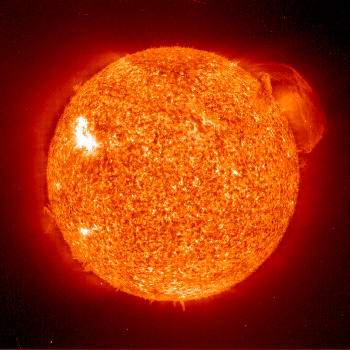A Solar Grand Plan
If the U.S. makes a massive switch from coal, oil, natural gas and nuclear power plants to solar power plants, it is possible that 69 percent of the U.S.’s electricity and 35 percent of its total energy could be solar-powered by 2050.
This would require the creation of a vast region of photovoltaic cells in the Southwest. It could operate at night as well as during the day; excess daytime energy can be used to compress air stored in underground caverns, which would be used as an energy source during nighttime hours.
In order to work, the plan would also need a new direct-current power transmission system to deliver solar electricity across the country, and would require $420 billion in subsidies from 2011 to 2050.
However, despite the fact that many are skeptical about our ability to produce photovoltaic cells and modules that can provide electricity at a low enough cost to be truly competitive, I personally believe we’ll get there. And probably A LOT sooner than projected.
For example, Nanosolar has already been able to reduce the cost of production by 90 percent, slashing the cost from $3 per watt to 30 cents per watt. They won the Popular Science Innovation of 2007 award for their paint-layer-thin solar coating, which is in production as of 2008.
This has the potential to radically change the equation when it comes to choosing your energy sources, just as it did for me. I changed my plans for my new office building to include solar power when I realized we could actually eliminate our former share of pollution, AND lower our utility bills at the same time. It’s truly a win-win situation if there ever was one.
Think about it: there is enough energy in the sunshine that falls on the earth in less than one hour to satisfy the energy needs of the entire human race for ONE YEAR. We simply have to stop this crazy reliance of fossil fuels. Nanosolar seems to be the best bet I have seen to date to start this vital transition.
The fact that most leaders of the world have been unwilling to fully endorse wide use of solar energy is most likely because they can’t make money from it – just as with the current medical paradigm; sick people are sources of profit, healthy people are not. Likewise, energy self-sufficient communities are not something these corporate and political giants are rooting for.
Thinking for yourself, and not falling for political and corporate agenda speeches designed to make you think it can’t be done for another few decades, may be the key to speed up the process.
Tags: energy, solar, technology


Leave a Reply